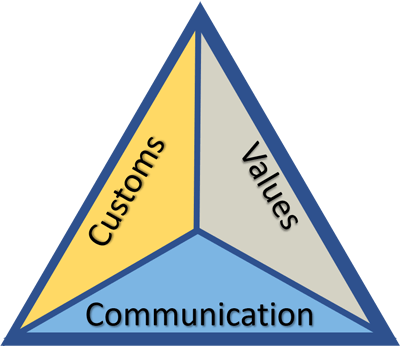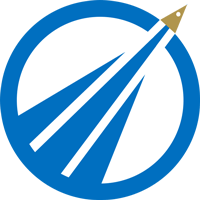Flow & Approach
Needs Analysis
Everyone has their own story, where they are from, where they are going, what they need, want and expect. Each program is designed with this story at the forefront to ensure that it is particularly and uniquely suited for each learner, their existing experience, particular goals and expectations. An analysis of need is conducted at the start of every program.
Goal Setting
Only with a clear destination can the journey begin. Setting goals promotes long-term vision and short-term motivation. It focuses learners to develop the appropriate knowledge and helps to organize and allocate time and resources so that you can make the most of the training. Inventure cross-cultural training programs begin with setting and clarifying intercultural goals.
Training
Training courses are designed to meet the specific needs of each client depending on personal/organisational requirements and existing skills set. Our courses are available according to the client's schedule and are conducted in person or online via video conference. Trainers conducted all course with an interactive approach to engage learners' interest and maximize retention.
Action Planning
Improvement and learning doesn't end at the training session. Integrating learner needs, goals and training, an action plan is built to continue progress into the future. With an action plan in hand learners are empowered to apply concepts of the lesson in a practical way to their life and business while living in a new country.
Consultation
Beyond the lesson as individuals begin to experience more cross cultural interactions they may still find challenges with adapting to new cultural situations and experience culture shock. For this reason additional consultation is provided with the trainer to address specific issues and further bridge the gap toward cultural adaptation.
Cross Cultural Understanding
There are 3 aspects to cross cultural understanding: Customs, Values & Communication.
The interconnection of these three aspects is the Cross Cultural Understanding Triangle, with each side of the triangle representing each of the 3 aspects. As one's understanding of one side of the triangle increases, the understanding of the others can be gained. Limits to one side of a triangle will limit the other two. The better one understands a culture, the larger their triangle.
Customs
Customs are the seen, clear and mostly obvious components of cultural understanding. These are what most people think of when they consider a culture. This aspect includes food, clothes, architecture, art, demographics, geography, etc.
Values
Values can be more difficult to identify. They are not readily observable components of a culture that, in many cases, inform or cause the customs we see. Values involve the heart and soul of a culture and include attitudes, beliefs and perceptions, with deep historical origins.
Communication
Communication is how ideas are shared in a culture. Communication is often the bridge that connects values and customs. While much of communication is the language used, it is also the way people interact, share ideas and understand each other within and outside of the culture.
Inspired to start your adventure?
Contact us today for a specialized program designed for your specific needs.





